It's been a long time coming – remember the Pedestrian Safety Enhancement Act of 2010? – but the proposed rules for the noises that electric or hybrid vehicles have to make at low speeds have been released (get them here in PDF). The National Highway Traffic Safety Administration announced the proposed rules today in response to some requests for the noises to be generated to alert vision-impaired pedestrians.
Most current plug-in vehicles have a sound that can be triggered by the driver to alert people, but the rules would require vehicles that don't have their liquid-burning engine running to emit a sound that will "enable pedestrians to discern vehicle presence, direction, location and operation" when traveling at speeds under 18 miles per hour. NHTSA estimates that 2,800 pedestrian injuries will be avoided because of the rule, which represents "35 equivalent lives saved."
The proposed rules affect hybrid and electric vehicles, but the agency thinks that only hybrid vehicles will really be affected with actual cost and technology, since manufacturers are already putting sounds into EVs (and upcoming hydrogen fuel cell vehicles). NHTSA thus figures that, "the incremental number of light vehicles that have to add an alert sound system for costing purposes for MY 2016 is ... 671,300." The average cost per vehicle, NHTSA says, would be around $30.
Each manufacturer will be able to choose the sounds its cars make, as long as it follows the rules. That means it needs to change based on vehicle speed and the vehicle needs to make noise when idling, too. You can hear sample sounds from NHTSA here and read the official announcement below. A 60-day comment period starts today, and if everything goes smoothly, a three-year phase-in period might start in September 2015.
Most current plug-in vehicles have a sound that can be triggered by the driver to alert people, but the rules would require vehicles that don't have their liquid-burning engine running to emit a sound that will "enable pedestrians to discern vehicle presence, direction, location and operation" when traveling at speeds under 18 miles per hour. NHTSA estimates that 2,800 pedestrian injuries will be avoided because of the rule, which represents "35 equivalent lives saved."
The proposed rules affect hybrid and electric vehicles, but the agency thinks that only hybrid vehicles will really be affected with actual cost and technology, since manufacturers are already putting sounds into EVs (and upcoming hydrogen fuel cell vehicles). NHTSA thus figures that, "the incremental number of light vehicles that have to add an alert sound system for costing purposes for MY 2016 is ... 671,300." The average cost per vehicle, NHTSA says, would be around $30.
Each manufacturer will be able to choose the sounds its cars make, as long as it follows the rules. That means it needs to change based on vehicle speed and the vehicle needs to make noise when idling, too. You can hear sample sounds from NHTSA here and read the official announcement below. A 60-day comment period starts today, and if everything goes smoothly, a three-year phase-in period might start in September 2015.
U.S. Department of Transportation Proposes New Minimum Sound Requirements for Hybrid and Electric Vehicles
Monday, January 7, 2013
Proposal Would Allow All Pedestrians to Detect Vehicles that Do Not Make Sound
WASHINGTON – As required by the bipartisan Pedestrian Safety Enhancement Act of 2010 (PSEA), the U.S. Department of Transportation's National Highway Traffic Safety Administration (NHTSA) is proposing that hybrid and electric vehicles meet minimum sound standards in order to help make all pedestrians more aware of the approaching vehicles.
"Safety is our highest priority, and this proposal will help keep everyone using our nation's streets and roadways safe, whether they are motorists, bicyclists or pedestrians, and especially the blind and visually impaired," said U.S. Transportation Secretary Ray LaHood.
Electric and hybrid vehicles do not rely on traditional gas or diesel-powered engines at low speeds, making them much quieter and their approach difficult to detect. The proposed standard, Federal Motor Vehicle Safety Standard No. 141, would fulfill Congress' mandate in the Pedestrian Safety Enhancement Act that hybrid and electric vehicles meet minimum sound requirements so that pedestrians are able to detect the presence, direction and location of these vehicles when they are operating at low speeds.
"Our proposal would allow manufacturers the flexibility to design different sounds for different makes and models while still providing an opportunity for pedestrians, bicyclists and the visually impaired to detect and recognize a vehicle and make a decision about whether it is safe to cross the street," said NHTSA Administrator David Strickland.
The sounds would need to be detectable under a wide range of street noises and other ambient background sounds when the vehicle is traveling under 18 miles per hour. At 18 miles per hour and above, vehicles make sufficient noise to allow pedestrians and bicyclists to detect them without added sound. Each automaker would have a significant range of choices about the sounds it chooses for its vehicles, but the characteristics of those sounds would need to meet certain minimum requirements. In addition, each vehicle of the same make and model would need to emit the same sound or set of sounds.
NHTSA estimates that if this proposal were implemented there would be 2,800 fewer pedestrian and pedalcyclist injuries over the life of each model year of hybrid cars, trucks and vans and low speed vehicles, as compared to vehicles without sound.
NHTSA will send the proposal to the Federal Register today. Upon publication, the public will have 60 days to submit comments on this NHTSA action.
Monday, January 7, 2013
Proposal Would Allow All Pedestrians to Detect Vehicles that Do Not Make Sound
WASHINGTON – As required by the bipartisan Pedestrian Safety Enhancement Act of 2010 (PSEA), the U.S. Department of Transportation's National Highway Traffic Safety Administration (NHTSA) is proposing that hybrid and electric vehicles meet minimum sound standards in order to help make all pedestrians more aware of the approaching vehicles.
"Safety is our highest priority, and this proposal will help keep everyone using our nation's streets and roadways safe, whether they are motorists, bicyclists or pedestrians, and especially the blind and visually impaired," said U.S. Transportation Secretary Ray LaHood.
Electric and hybrid vehicles do not rely on traditional gas or diesel-powered engines at low speeds, making them much quieter and their approach difficult to detect. The proposed standard, Federal Motor Vehicle Safety Standard No. 141, would fulfill Congress' mandate in the Pedestrian Safety Enhancement Act that hybrid and electric vehicles meet minimum sound requirements so that pedestrians are able to detect the presence, direction and location of these vehicles when they are operating at low speeds.
"Our proposal would allow manufacturers the flexibility to design different sounds for different makes and models while still providing an opportunity for pedestrians, bicyclists and the visually impaired to detect and recognize a vehicle and make a decision about whether it is safe to cross the street," said NHTSA Administrator David Strickland.
The sounds would need to be detectable under a wide range of street noises and other ambient background sounds when the vehicle is traveling under 18 miles per hour. At 18 miles per hour and above, vehicles make sufficient noise to allow pedestrians and bicyclists to detect them without added sound. Each automaker would have a significant range of choices about the sounds it chooses for its vehicles, but the characteristics of those sounds would need to meet certain minimum requirements. In addition, each vehicle of the same make and model would need to emit the same sound or set of sounds.
NHTSA estimates that if this proposal were implemented there would be 2,800 fewer pedestrian and pedalcyclist injuries over the life of each model year of hybrid cars, trucks and vans and low speed vehicles, as compared to vehicles without sound.
NHTSA will send the proposal to the Federal Register today. Upon publication, the public will have 60 days to submit comments on this NHTSA action.






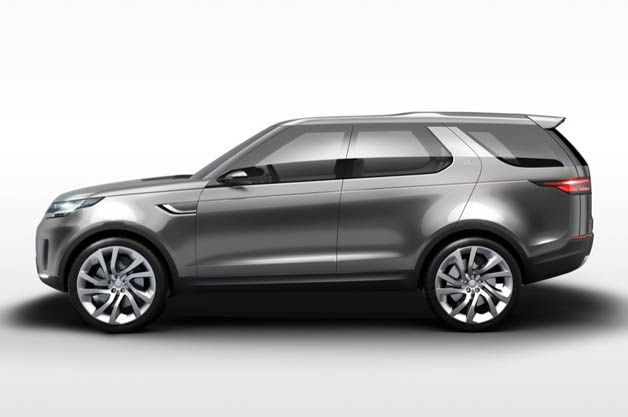



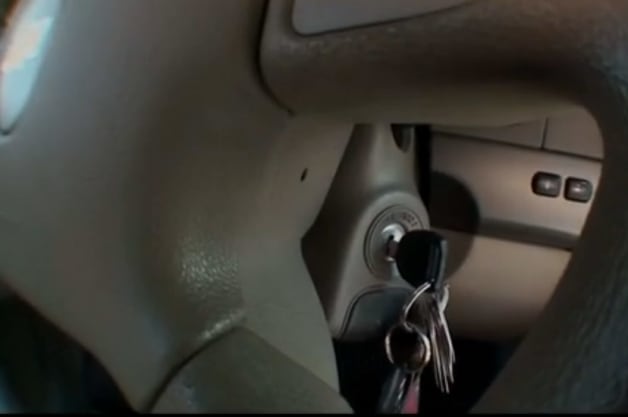

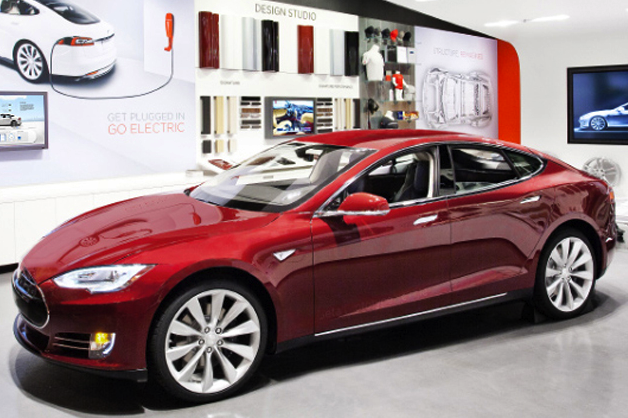


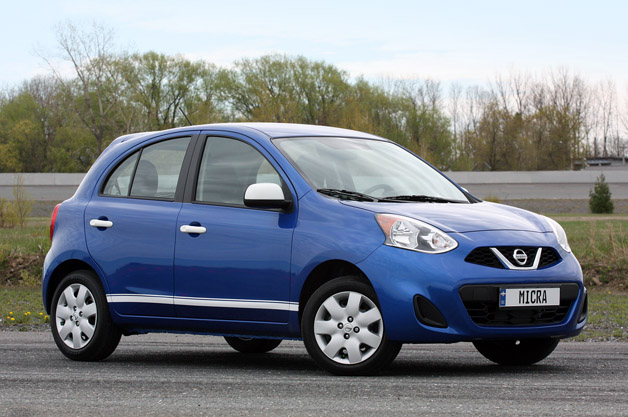
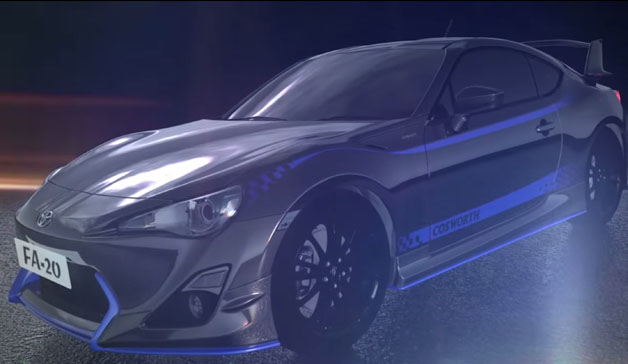



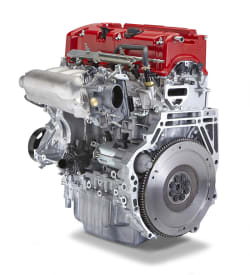
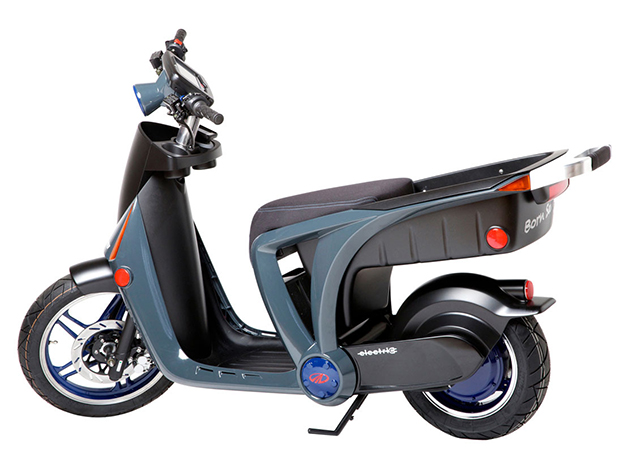













0 nhận xét:
Post a Comment